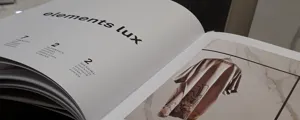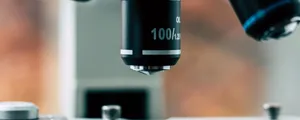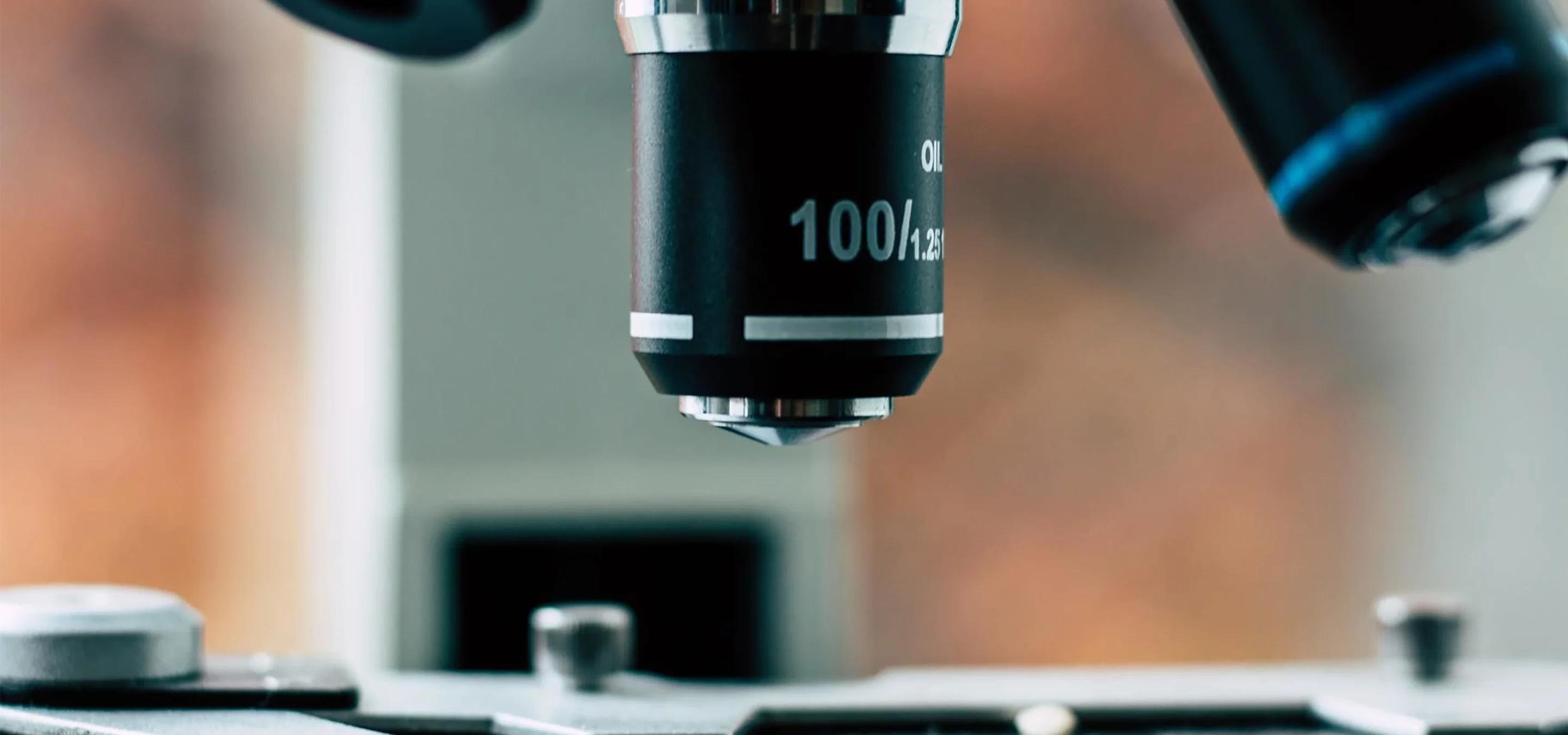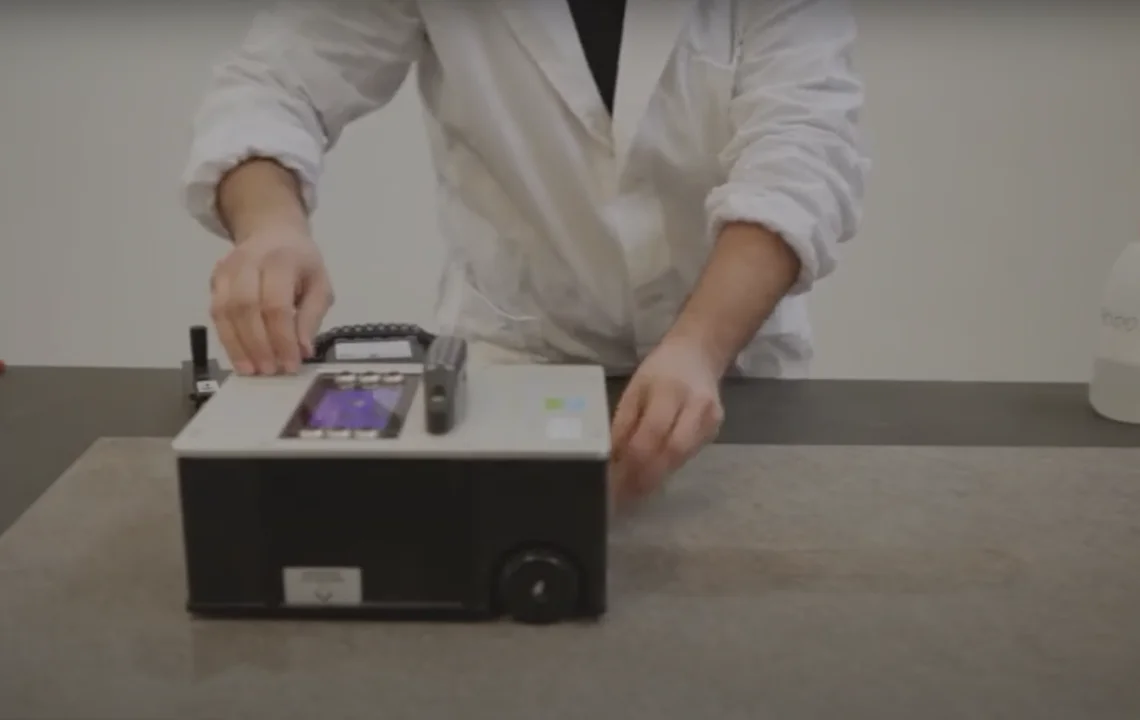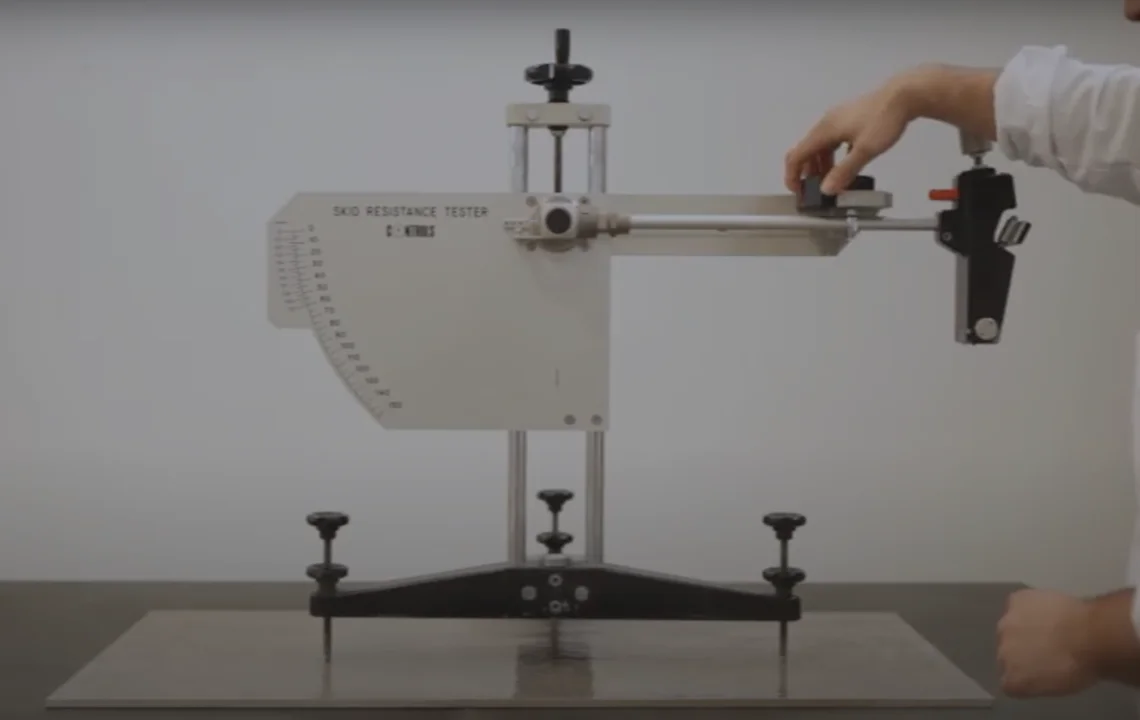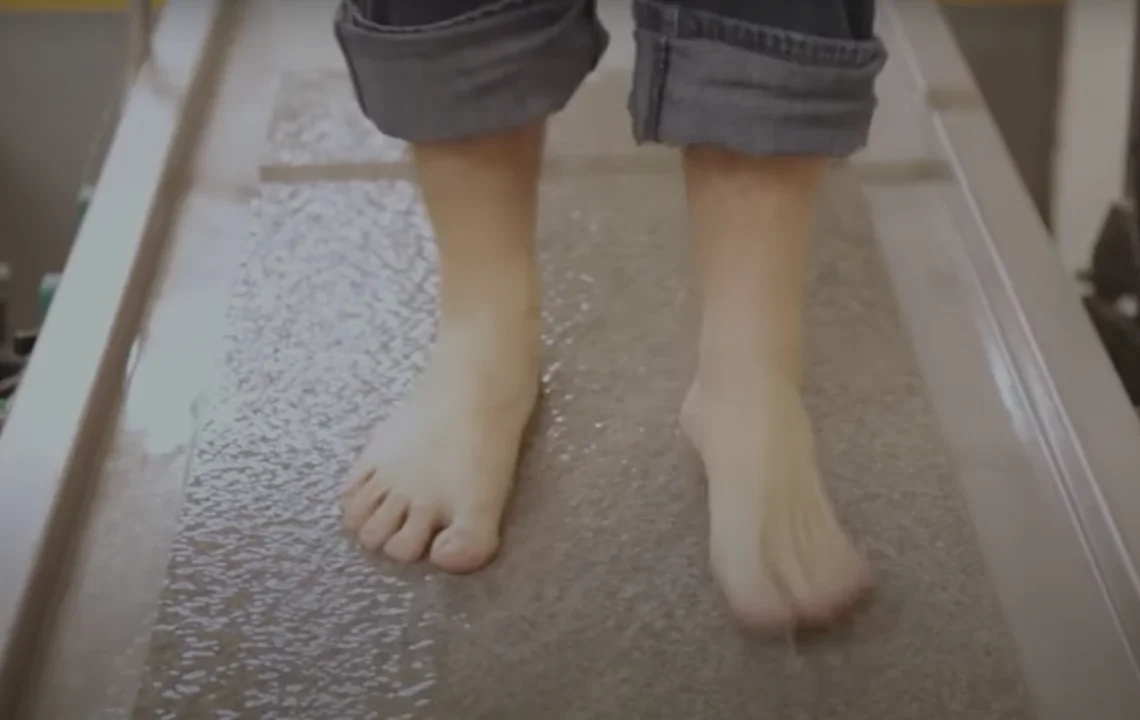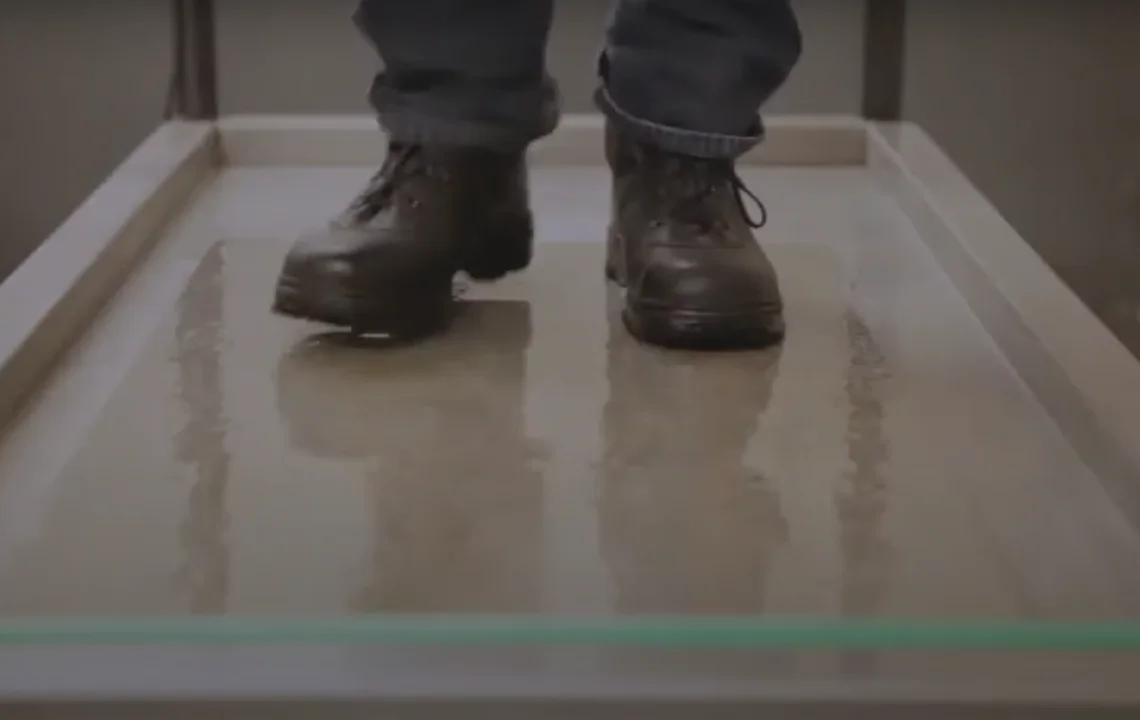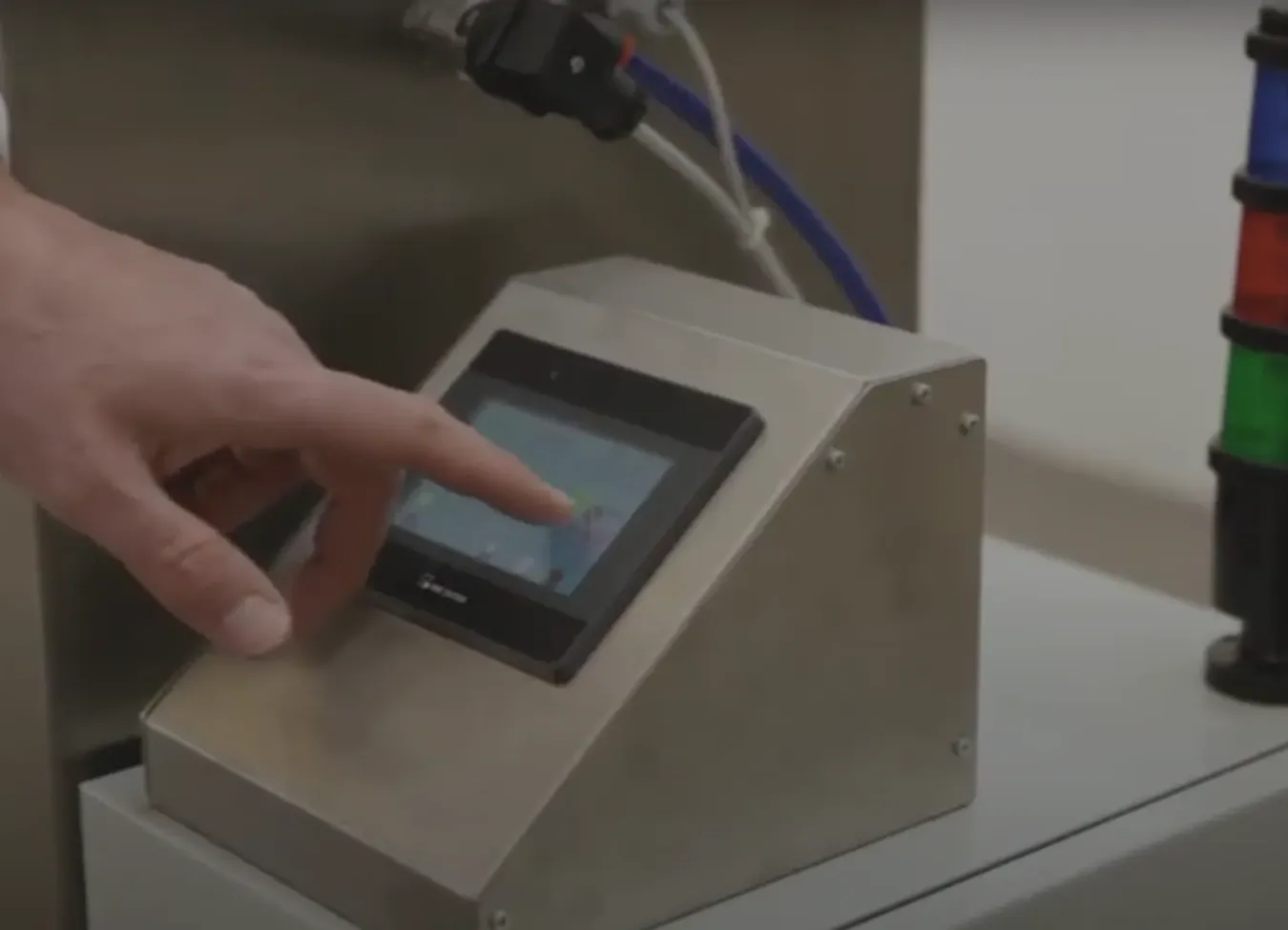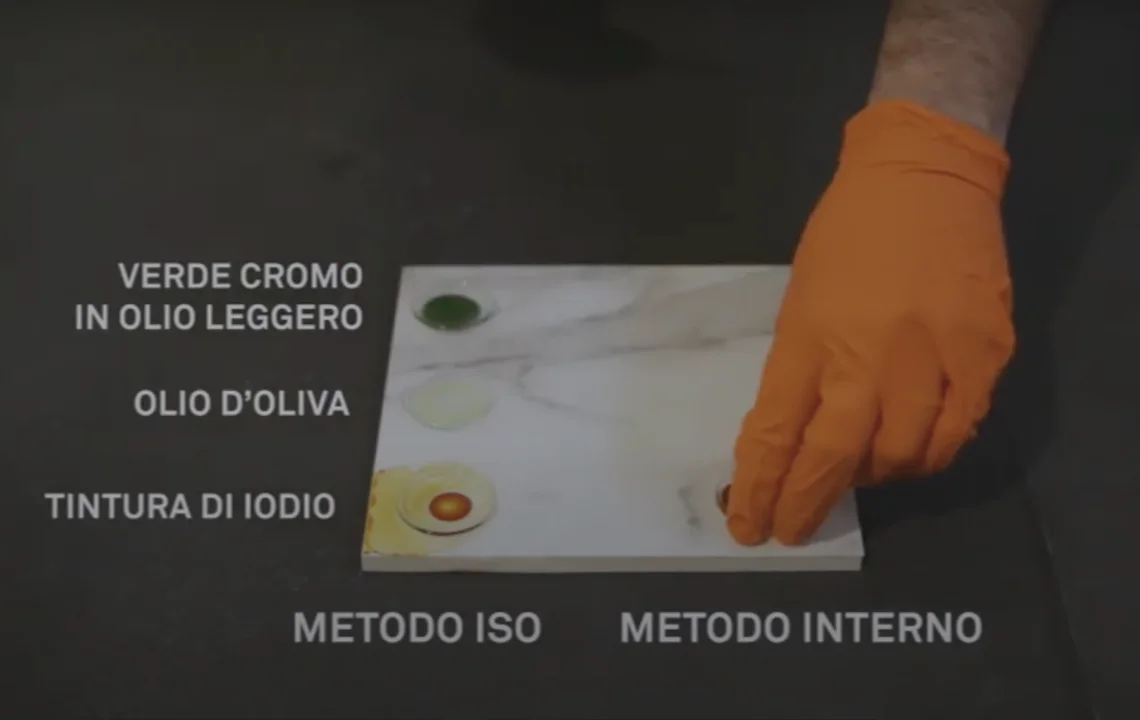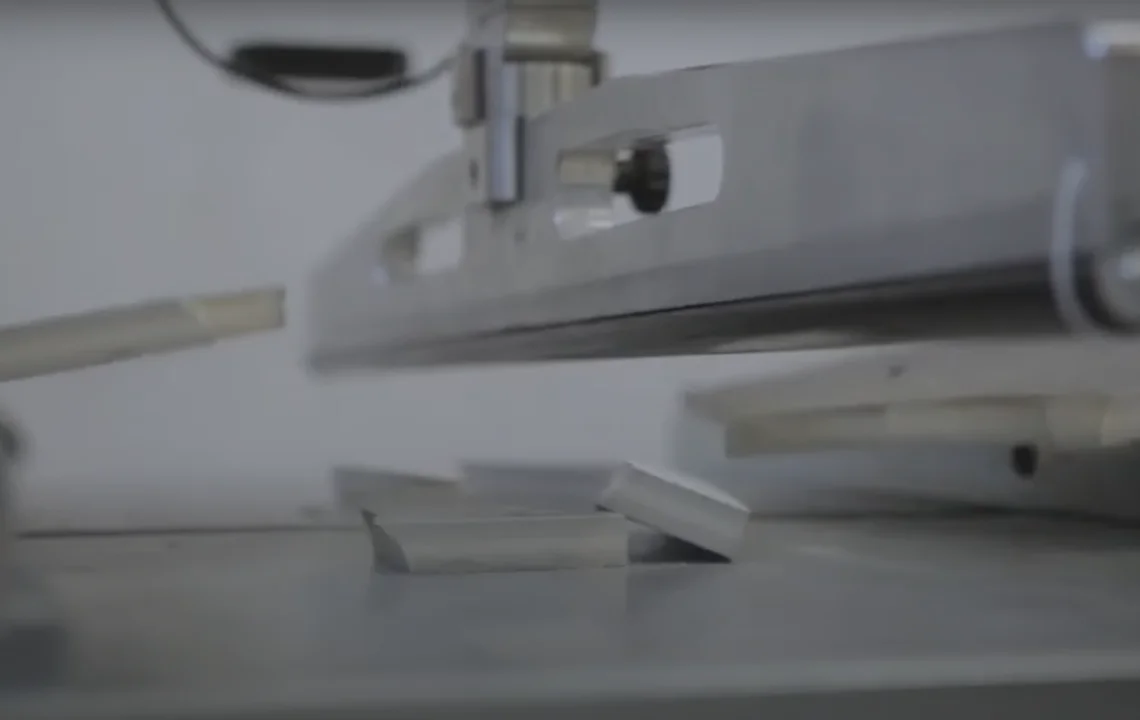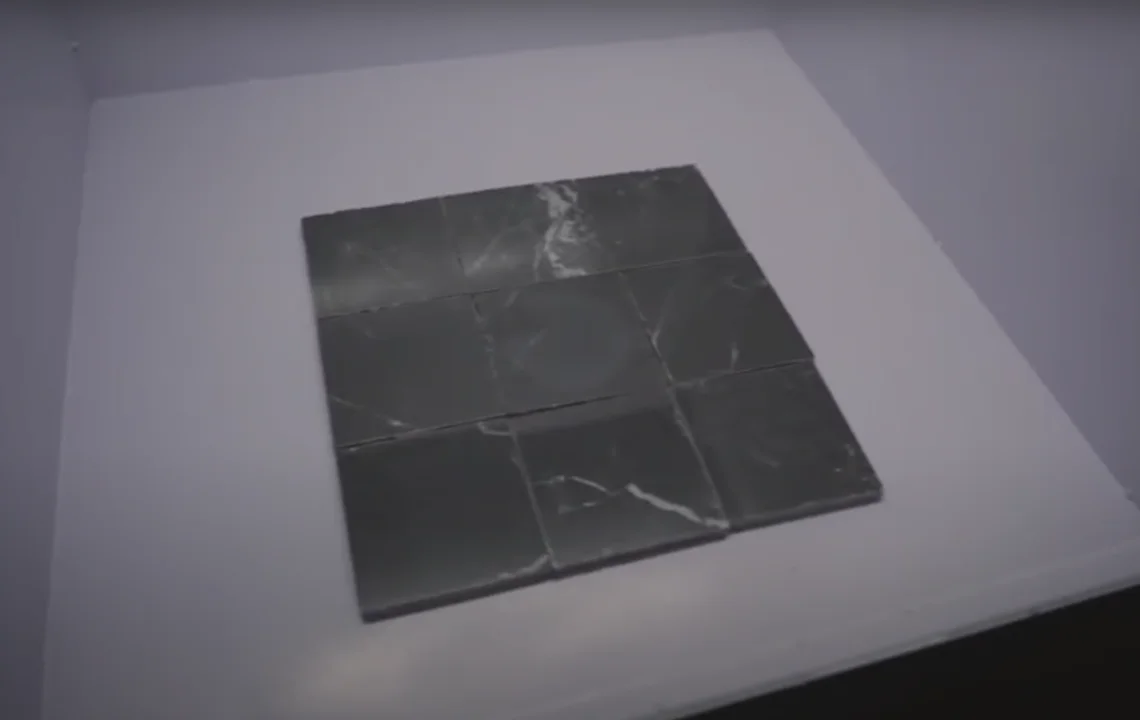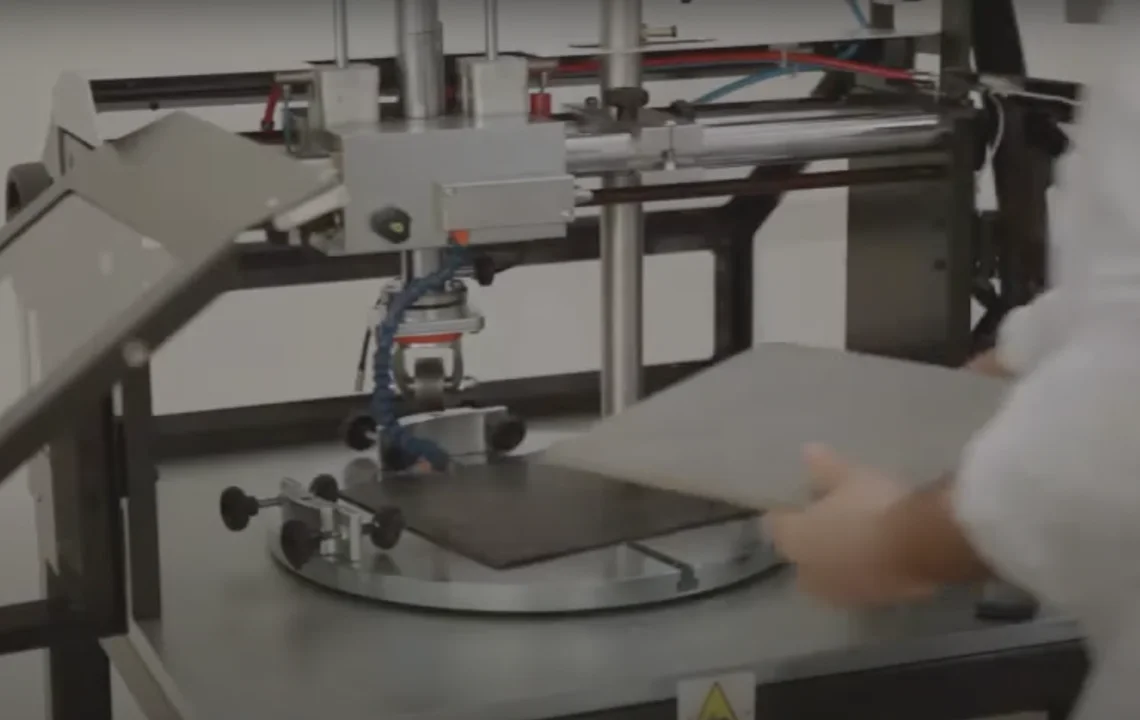DETERMINATION OF THE DYNAMIC COEFFICIENT OF FRICTION DCOF
The method involves the use of a small, autonomously moving machine to measure slip resistance. A standardised rubber pad is dragged over wet and dry tile surfaces, under constant conditions. The measured value, the dynamic coefficient of friction, helps to determine to what extent the tile surface contributes or otherwise towards slippage when walking over it. The test is described in ANSI standards and tiles are divided into 3 classes, based on results. Based on intended use or the applied standard, the designer can request the passing of certain values. ANSI standards already prescribe certain minimum values — for ramps, for example, values greater than 0.46 are required.
